Architect
Richard Neutra
One of the most influential architects of the twentieth century, Richard Neutra helped define modernism in Southern California and around the world.
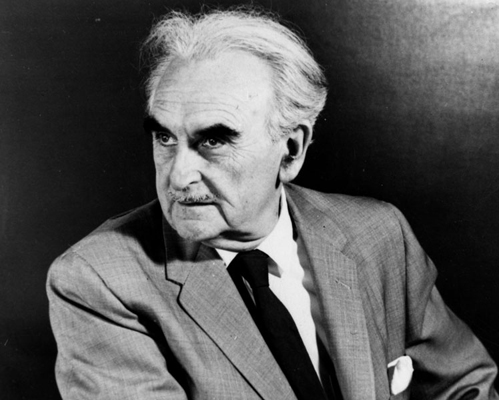
Richard Neutra, 1962. Photo by Irving A. Taylor, Herald-Examiner Collection/Los Angeles Public Library.
Richard Neutra (1892-1970)
Born in Vienna in 1892, Neutra developed an early interest in architecture, particularly the work of Otto Wagner. World War I interrupted his studies at the Vienna University of Technology. He served for three years in the Balkans, returning to Vienna in 1917 to earn his degree. Neutra’s desire to come to America was sparked by the stories of his mentor Adolph Loos and cemented after seeing Frank Lloyd Wright’s 1911 Wasmuth portfolio.
Neutra worked in Europe for several years and apprenticed with the great Erich Mendelsohn. After years of encouragement by friends including fellow Austrian R. M. Schindler (who had emigrated to the U.S. in 1914), Neutra moved to New York in 1923. He moved on to Chicago, spent several months in Wright’s Taliesin studio in Wisconsin, and arrived in Los Angeles in 1925. His wife Dione and son Dion soon followed.
The Neutras lived with Rudolf and Pauline Schindler at Schindler’s 1921 Kings Road residence. Neutra opened his own practice and soon won his first major commission—from one of Schindler’s clients, Philip Lovell. The 1929 Lovell House in Los Feliz was a great achievement in steel-frame construction, with living spaces seemingly floating above the steep hillside.
Unlike Schindler, Neutra was included in the pivotal 1932 MoMA exhibit on Modern architecture, further fueling his career. The same year, Neutra built his own home and studio, the Van der Leeuw (VDL) Research House in Silver Lake. After a fire destroyed the house in 1963, Neutra rebuilt it with son Dion using new ideas and materials.
Neutra experimented constantly. He embraced technology, oddly enough, as a way to connect man with nature. His philosophy of “biorealism” sought to use biological sciences in architecture “so that design exploited, with great sophistication, the realm of the senses and an interconnectedness to nature that he believed fundamental and requisite to human well-being,” as described by architect and Neutra scholar Barbara Lamprecht.
His prolific career encompassed iconic residences, innovative schools and multi-family housing, civic and commercial projects around the world, and inspiring city and community plans, including an unbuilt plan for affordable housing in Chavez Ravine (now the site of Dodger Stadium).
Neutra retired from practice in 1968, spending his final years in Europe. He died in Wuppertal, Germany, in 1970.
Despite its international renown, Neutra’s work has sparked intense preservation battles. An enormous outcry followed the demolition of his 1962 Maslon House in Rancho Mirage, and the Cyclorama Visitor Center at Gettysburg, designed by Neutra with Robert Alexander, was razed in 2013 after years of fierce advocacy. In 2010, the proposed demolition of Neutra’s 1955 Kronish House in Beverly Hills ultimately spurred the City of Beverly Hills to strengthen its preservation policies (which it has since weakened). The work of Richard Neutra continues to inspire design, debate, and devotion.
Related Places
-
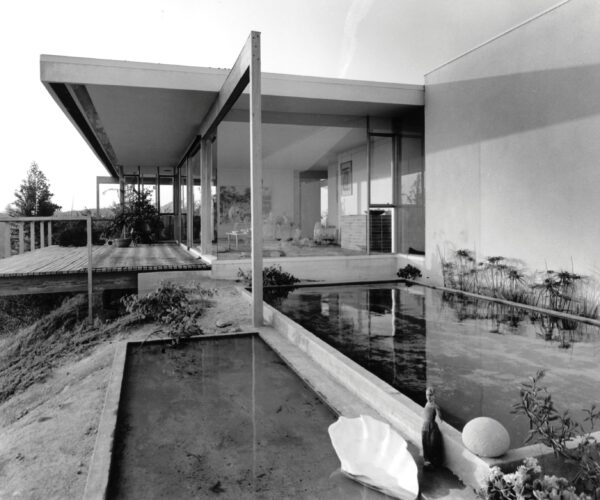
Place
Chuey Residence
-
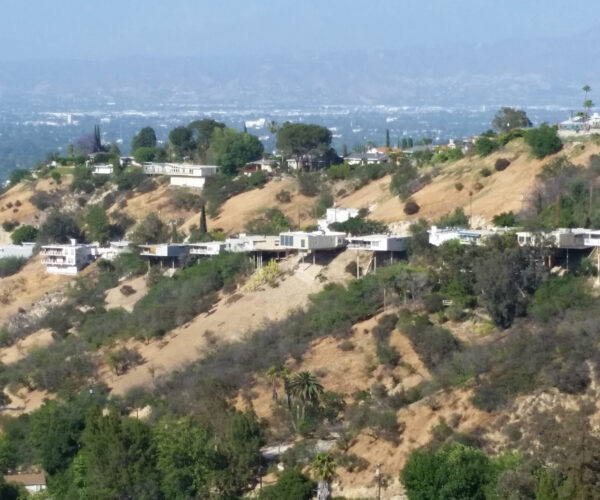
Place
Platform Houses
-
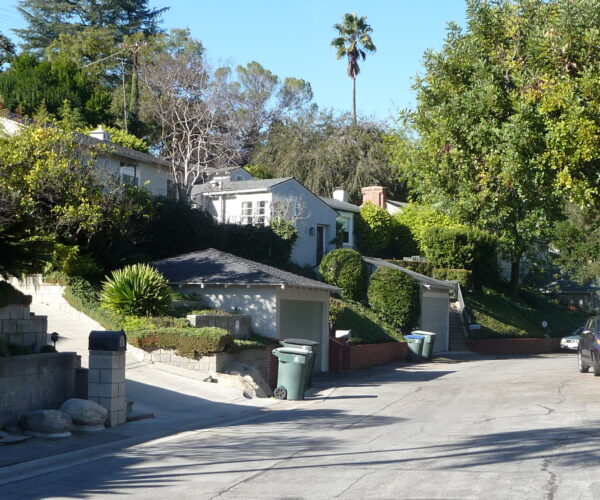
Place
Poppy Peak National Register Historic District
-
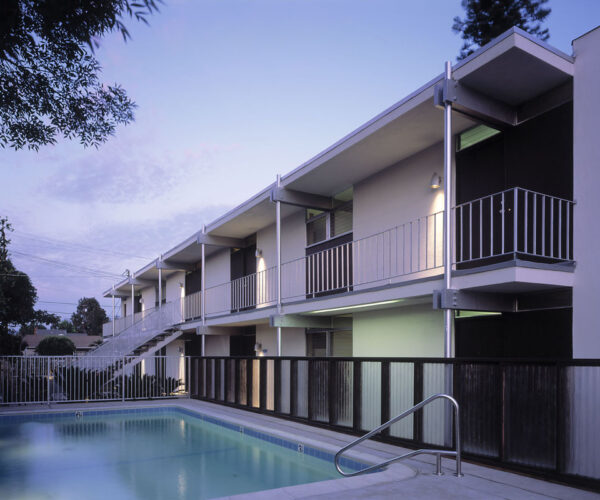
Place
The Poster Neutra
-

Place
Chuey Residence
-

Place
Platform Houses
-

Place
Poppy Peak National Register Historic District
-

Place
The Poster Neutra
-
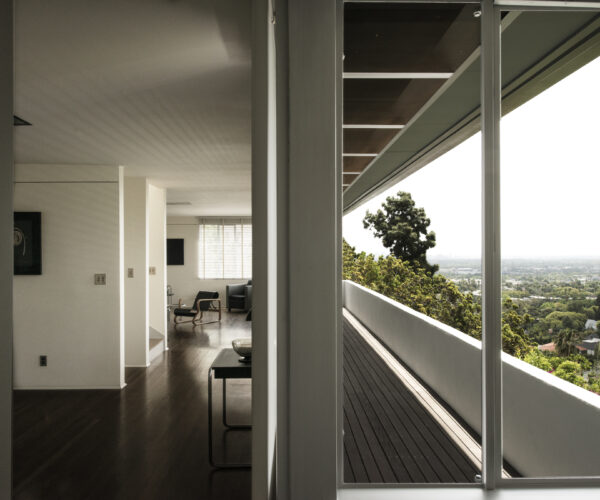
Place
Kun House
-
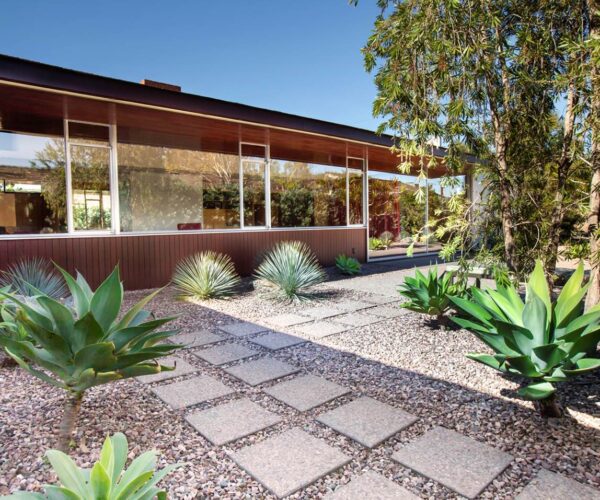
Place
Olan G. and Aida T. Hafley House
-
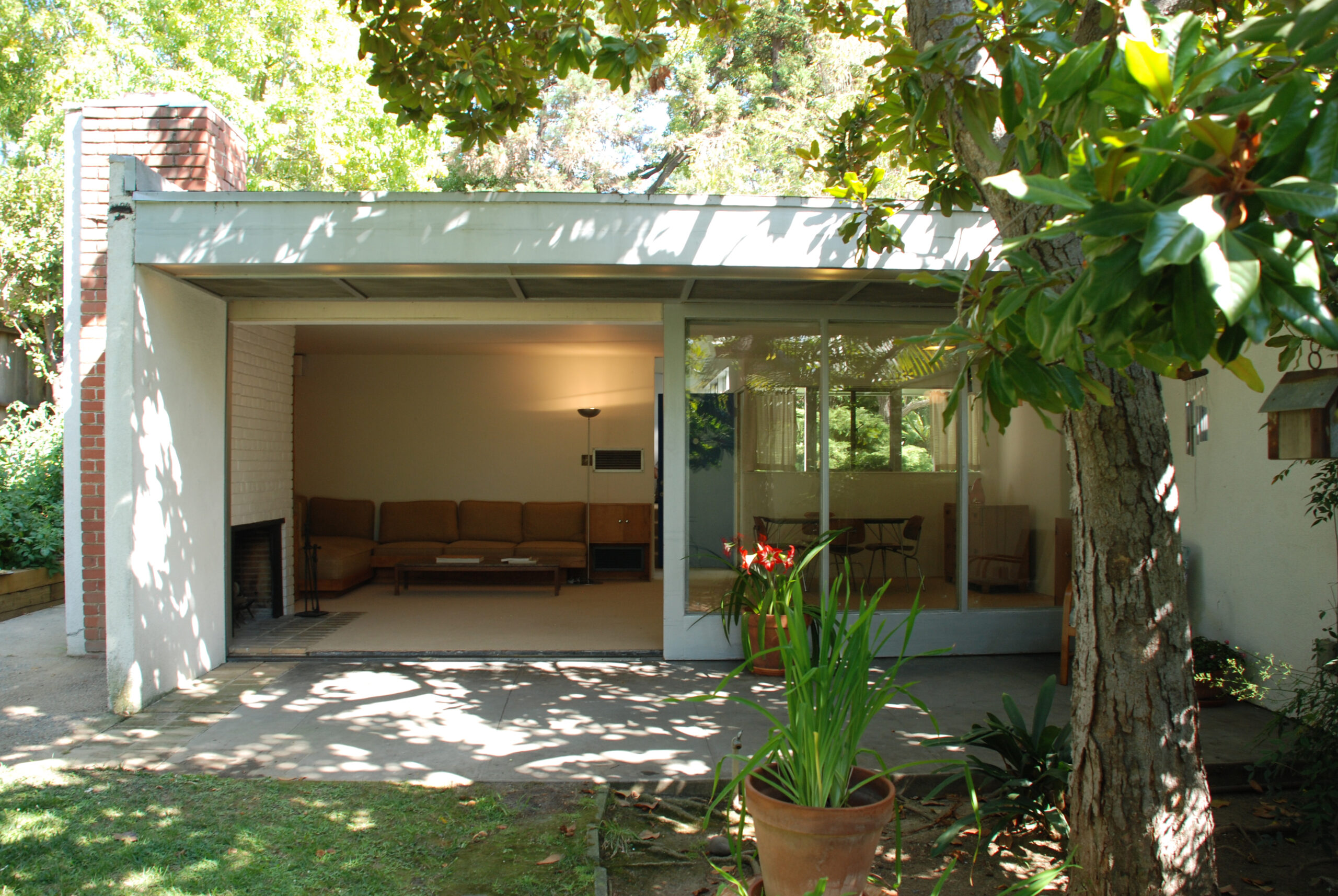
Place
Ward-Berger House
-
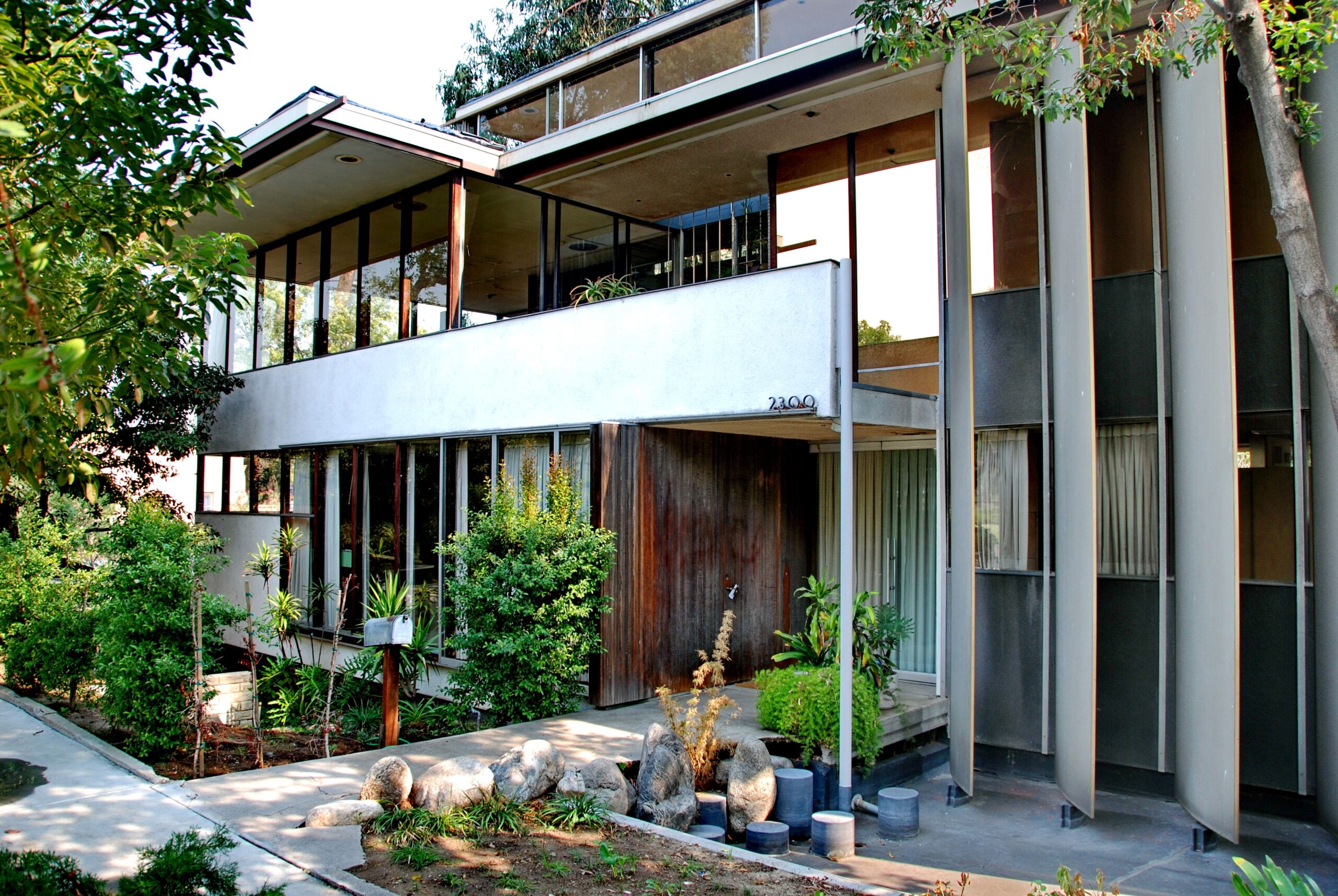
Place
VDL Research House II
-
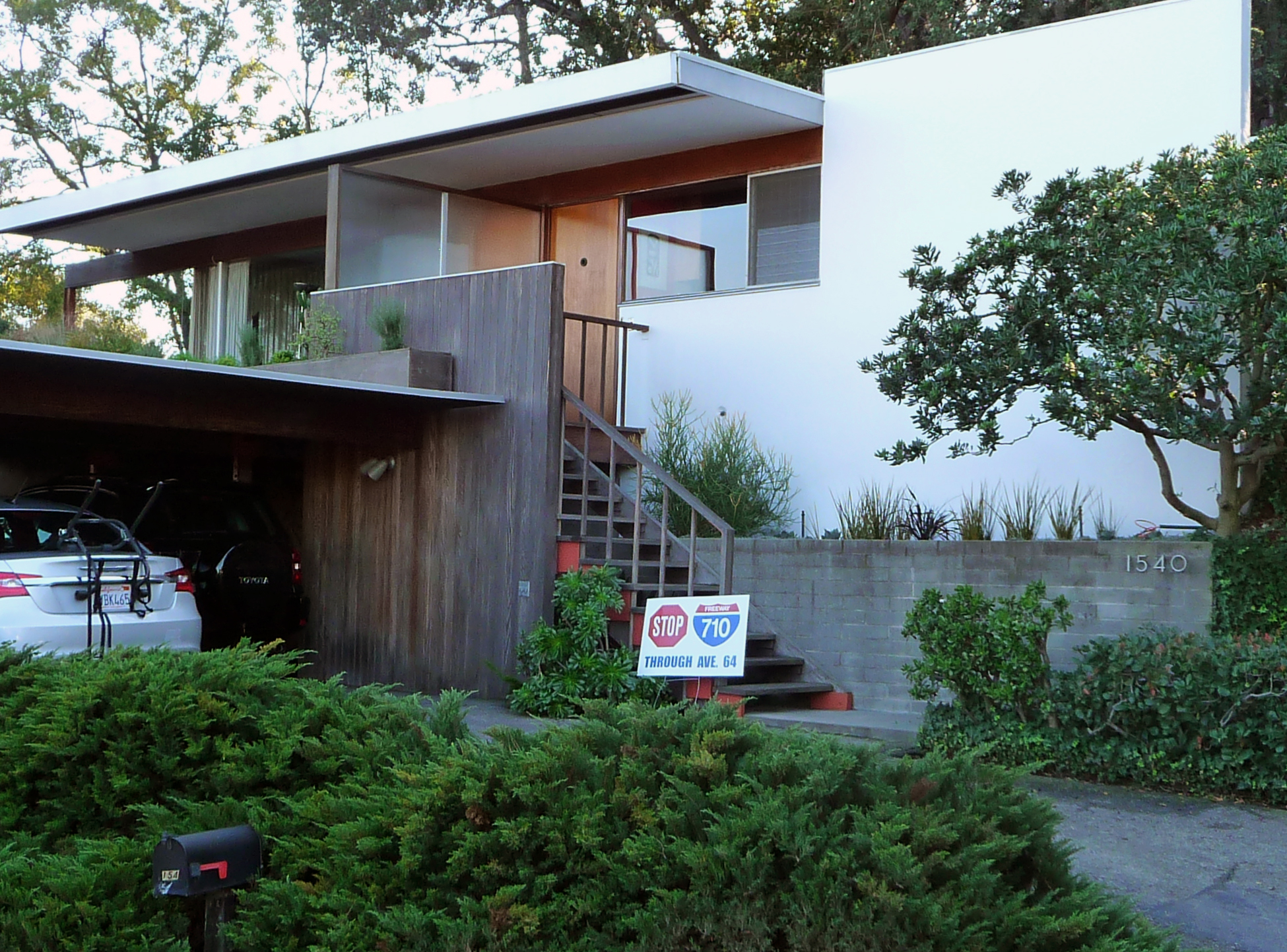
Place
Perkins House
-
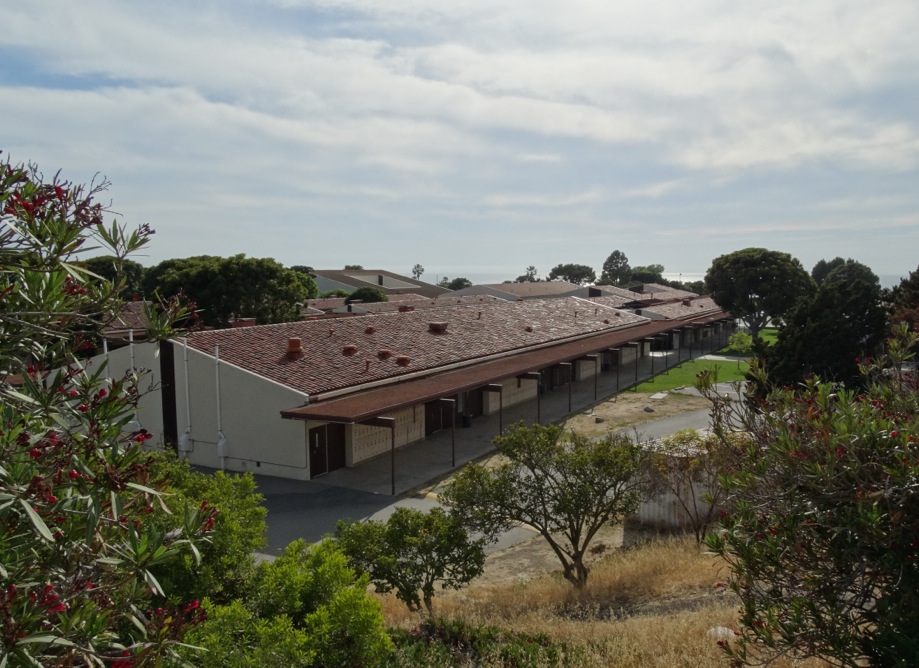
Place
Palos Verdes High School
-

Place
Kronish House
-
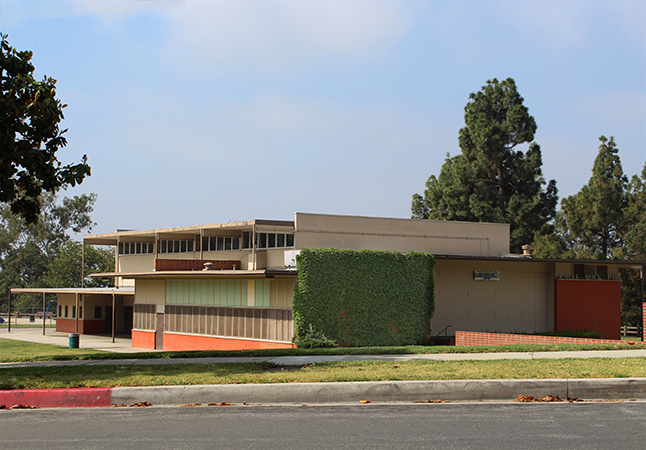
Place
Eagle Rock Recreation Center